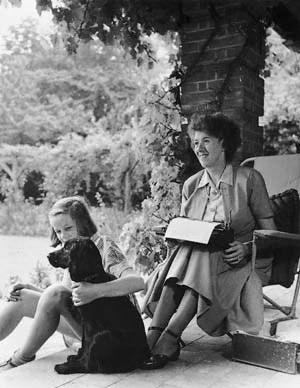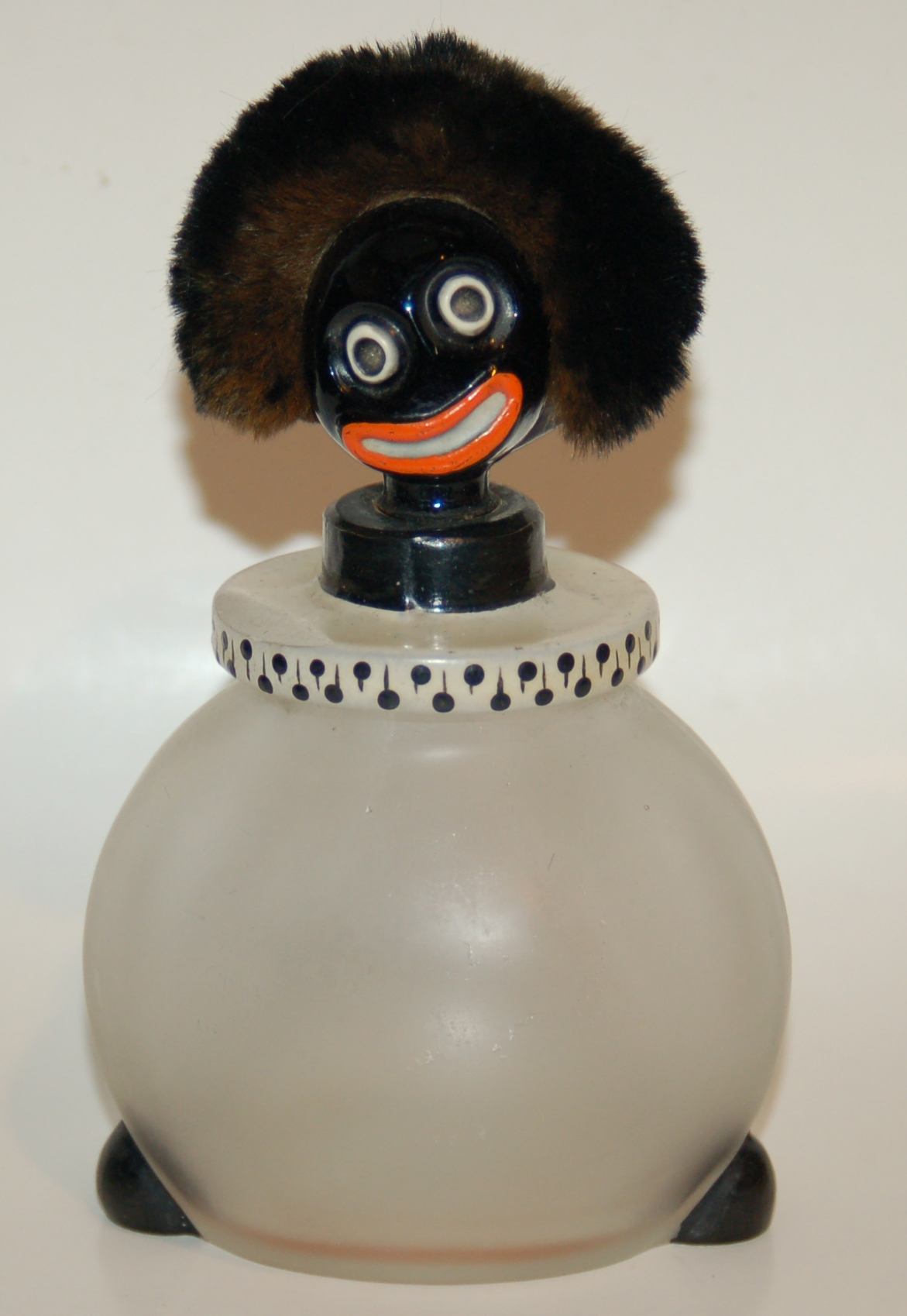
Wikimedia Commons
The golliwog (also gollywog, gollywogg) is a character invented by illustrator Florence Kate Upton which first appeared in The Adventures of Two Dutch Dolls and a Golliwogg (1895), illustrated by her and written by her mother Bertha Upton.[a]Florence and Bertha Upton wrote a total of thirteen books featuring their golliwogg. Florence grew up in New York, and later said that the character was inspired by a minstrel rag doll she owned as a child. The 19th-century minstrel theatre had begun with blacked-up white Americans, but by the time Upton was writing it had been taken over by black performers. Although it is widely regarded as having racist overtones today, perhaps the worst that can be said about Upton’s invention of the golliwog is that it is a “caricature of a caricature”.[1]
The earliest use of the term golliwog in a deliberately derogatory way seems to have been among members of the British Army in describing the members of non-white regiments, the first occurrence of which is recorded in 1916;[2] it was soon shortened to the diminuitive wog. The Indian Cavalry was so named in an account of 1921: “a description that was very apt of these dark apparitions in khaki and tin-hats”.[3] The debate over whether the golliwog is a “lovable icon or a racist symbol” has raged in Europe for more than forty years.[4]
Description
Upton’s golliwogg was deliberately ugly, with paws instead of hands and feet, a coal-black face, thick lips and wide eyes, with a mop of unruly hair. He – golliwogs are almost invariably male – was generally depicted as being dressed in a jacket, trousers and bow tie, and often in a combination of red, white and blue. Upton’s character was “adventurous and sometimes silly, but, in the main gallant and ‘lovable’ ”, but some later golliwogs were more sinister,[4] perhaps most notably those in the childrens’ books by Enid Blyton
English children's writer whose books have been among the world's best-sellers since the 1930s, selling more than 600 million copies..
Merchandising
The Uptons did not copyright their golliwogg, and he became a common Toyland character in childrens’ books of the early 20th century. Golliwog dolls began to be produced in large numbers and proved to be very popular. Steiff was the first company to mass produce them, in 1908, and today early examples of their golliwogs can change hands for $10,000 – $15,000 each.[4]
Other spinoffs included postcards, paperweights, wallets, perfume bottles, wooden puzzles, sheet music, wall paper, pottery, jewellery, greeting cards, and clocks.[4]
James Robertson & Sons
James Robertson & Sons, a British manufacturer of jams and preserves, adopted what they called a Golly in their product and advertising material in 1910. In return for tokens attached to their products Robertson started issuing metal brooches from 1928, showing their Golly playing various sports or musical instruments, the first of which was the Golly Golfer. The outbreak of war interrupted the series from 1939, but it resumed in 1946.[4] Robertson continued using their golly mascot despite mounting criticism in an increasingly racially sensitive age until 2001.[5] According to a spokesman for Robertson, a total of 20 million Gollys had been issued by 1999, and they were still receiving 340,000 requests for badges every year.[4]
Enid Blyton
Golliwogs appear in Blyton’s Noddy series of childrens’ books, but rarely if ever in a good light; in Here Comes Noddy Again (1951), golliwogs steal Noddy’s car and dump him naked in the Dark Wood. The Antiguan-American novelist Jamaica Kincaid has written that she considers the Noddy books to be “deeply racist” because of the contrast between the blonde children and the black golliwogs.[6] Similar claims of racism in Blyton’s books led to her works being banned in more public libraries than any other author, although there is little evidence that the popularity of her books ever suffered.[7] In later revisions the golliwogs are replaced by goblins or teddy bears.[8]
Changing sensibilities
In the period following the Second World War, racism became “an increasingly virulent social force in Britain”, and there is little doubt that Blyton’s descriptions of her golliwog characters resonated with the “everyday racism” of that time.[1] As Enid Blyton’s agent George Greenfield observed, “[she] was very much part of that between-the-wars middle class which believed that foreigners were untrustworthy or funny or sometimes both”.[9] That sense of distrust was mirrored in other childrens’ fiction, including Roy of the RoversBritish comic strip about the life and times of a fictional footballer named Roy Race, who played for Melchester Rovers. , a comic series that ran from 1954 until 1995. Roy was a footballer who played for the fictional side Melchester Rovers. Their continental opponents in European competitions were portrayed as being “sneaky”, often cynically employing overt gamesmanship or downright dirty tactics.[10]


